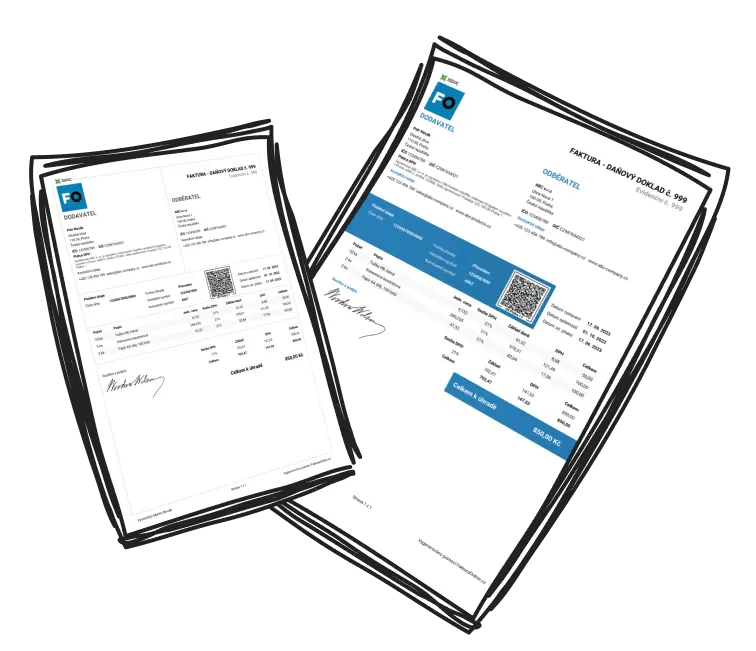How Does the Mind Map Method Work?
The mind map method is a powerful strategy for organizing thoughts and ideas visually. It starts with a central concept and branches into related topics, resembling the structure of a tree. By connecting ideas through keywords, symbols, and images, this methodology mirrors how the mind naturally forms connections, fostering flexibility and creativity. Whether for brainstorming, planning projects, or problem-solving, mind mapping offers a dynamic and engaging way to organize information.
A mind map is a diagram used to visually organize information around a central concept.
How Does the Mind Map Method Organize Ideas Effectively?
Ever had many ideas but struggled to structure them into a coherent plan? The mind map method solves this by visually capturing relationships, arranging information logically, and stimulating memory retention.
When you create a mind map, unrelated ideas can find surprising connections, giving you a clear, bird’s-eye view of your topic. By grouping ideas into branches and sub-branches, it eliminates the linear constraints of other methods and empowers flexible thinking.
Benefits of Mind Mapping:
Identifies connections between disparate ideas using the mind map method.
Highlights priorities with clear visual organization through mind mapping.
Promotes visual learning, enhancing memory and recall by utilizing mind maps.
3 Key Reasons to Use the Mind Map Method
Boosts Creativity: The non-linear format inspires free associations, helping you think outside the box.
Improves Productivity: A structured overview reduces mental clutter, making tasks and plans easier to manage.
Clarifies Complex Information: Mind maps provide both a big-picture perspective and detailed breakdowns for better understanding.
Top Tools for Creating Mind Maps Online and Offline
Creating mind maps is simple, thanks to a wide array of tools:
Pen and Paper: Perfect for manual brainstorming with colorful markers.
Digital Tools: Platforms like MindMeister, XMind, and Canva offer pre-designed templates and collaboration features.
Integrated Software: Notion, PowerPoint, and Google Drawings let you incorporate mind maps into presentations or workflows.
Mobile Apps: Apps like SimpleMind and iThoughts allow dynamic map creation on the go.
5 Steps to Excel in the Mind Map Method
Step-by-Step Guide:
Choose a Central Idea: Write or draw the main concept in the middle of your workspace, making it stand out.
Create Main Branches: Add branches representing key ideas related to your central topic.
Add Sub-Branches for Details: Break down your main branches with specific examples or supporting points.
Incorporate Visuals: Use colors, shapes, or images to highlight important elements and make your map engaging.
Review and Refine: Revisit your mind map to remove redundancies, reorganize sections, and emphasize key points.

Pro Tip
Start with a single central idea and build outward, keeping your map concise and visually appealing.
Final Thoughts: Unlocking Your Creative Potential with Mind Maps
Mind maps are simple yet transformative tools for organizing ideas and unlocking creativity. Whether you're a student, professional, or just looking to declutter your thoughts, this method can make a real difference. Experiment with different tools and styles, and start with a small project to see the benefits firsthand. Start mapping your ideas today and unlock your full potential!

